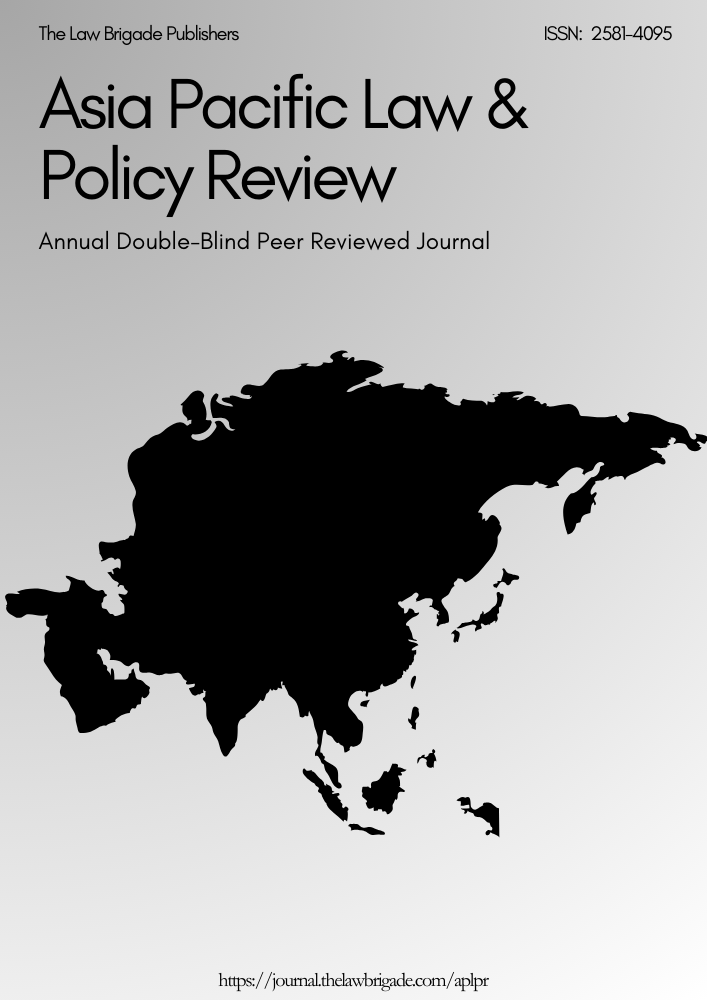STONE QUARRYING AND HUMAN RIGHTS PROTECTION
Keywords:
Stone mining, Safety, PROTECTIONAbstract
The earth's atmosphere is a common heritage. The environmental issues take in to account the human being, and not the State as a unit. It is a global issue. The Stockholm Declaration recognized that man is the part of nature and life depends on it. U.Thant, the Secretary General, United Nations, in Stockholm Conference appealed "Like or not we are travelling together on a common planet and we have no national alternative but to work together, to make an environment in which we and our children can live a full and peaceful life". The declaration in the United Nations Conference on human environment from 5th to 16th June, 1972 at Stockholm considered the need for a common outlook for common principles to inspire and guide the people of the world in the preservation and enhancement of human environment. The long and tortuous evolution of the human race was not possible without rapid acceleration of science and technology. The man has achieved the ability to transform his environment in countless ways and on an unprecedented scale. This power if used wisely can bring benefits of development and opportunity to enhance the quality of life. The wrong application on the other hand can do incalculable harm to human beings and human environment. Mining is a paramount economic pursuit having prospective of furnishing to the growth of areas bestowed with natural resources. Minerals extracted in mining process includes diamonds, bauxite, and coal, iron, metals, rock salt, lead, phosphate, tin, uranium, and molybdenum. Mining in broader sense can also encompass extraction of petroleum, and natural gas. Mining is an intrinsic operation contributing extensively to the economic growth of countries bestowed with mineral resources by facilitating revenue generation, employment creation, and foreign exchange.
Downloads
Downloads
Published
Issue
Section
License

This work is licensed under a Creative Commons Attribution-NonCommercial-ShareAlike 4.0 International License.
License Terms
Ownership and Licensing:
Authors of research papers submitted to any journal published by The Law Brigade Publishers retain the copyright of their work while granting the journal specific rights. Authors maintain ownership of the copyright and grant the journal the right of first publication. Simultaneously, authors agree to license their research papers under the Creative Commons Attribution-ShareAlike 4.0 International (CC BY-SA 4.0) License.
License Permissions:
Under the CC BY-SA 4.0 License, others are permitted to share and adapt the work, even for commercial purposes, provided that appropriate attribution is given to the authors, and acknowledgment is made of the initial publication by The Law Brigade Publishers. This license encourages the broad dissemination and reuse of research papers while ensuring that the original work is properly credited.
Additional Distribution Arrangements:
Authors are free to enter into separate, non-exclusive contractual arrangements for distributing the published version of the work (e.g., posting it to institutional repositories or publishing it in books), provided that the original publication by The Law Brigade Publishers is acknowledged.
Online Posting:
Authors are encouraged to share their work online (e.g., in institutional repositories or on personal websites) both prior to submission and after publication. This practice can facilitate productive exchanges and increase the visibility and citation of the work.
Responsibility and Liability:
Authors are responsible for ensuring that their submitted research papers do not infringe on the copyright, privacy, or other rights of third parties. The Law Brigade Publishers disclaims any liability for any copyright infringement or violation of third-party rights within the submitted research papers.


